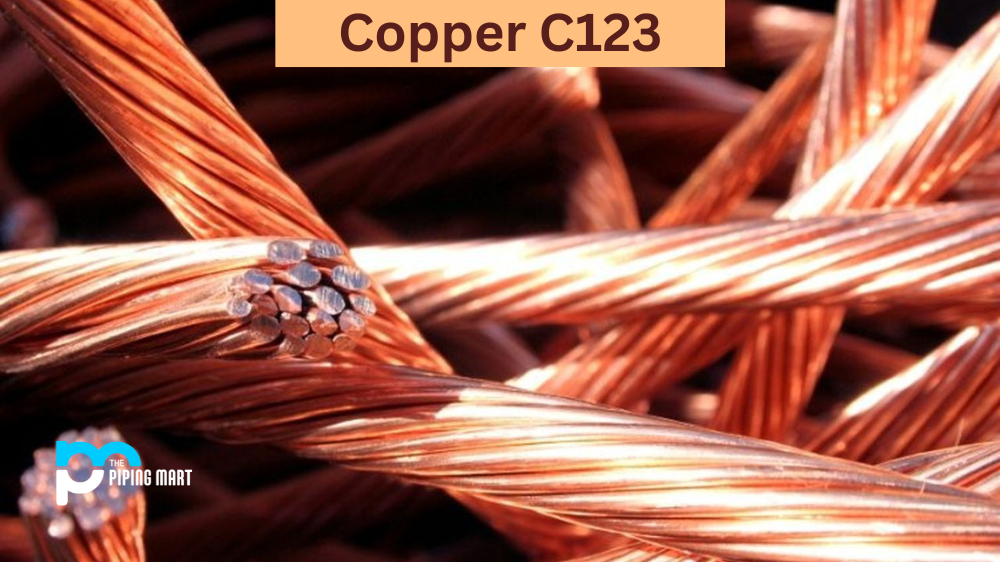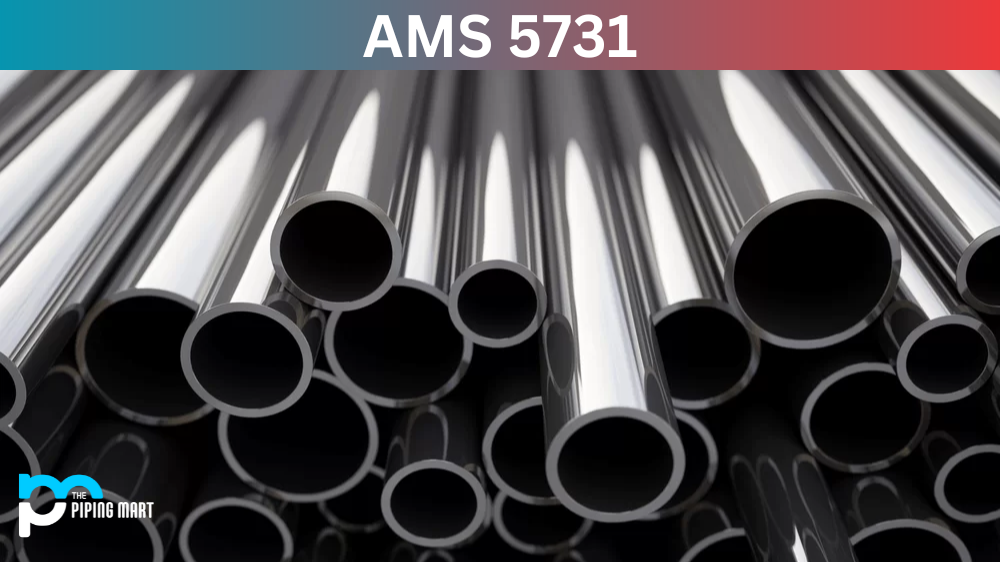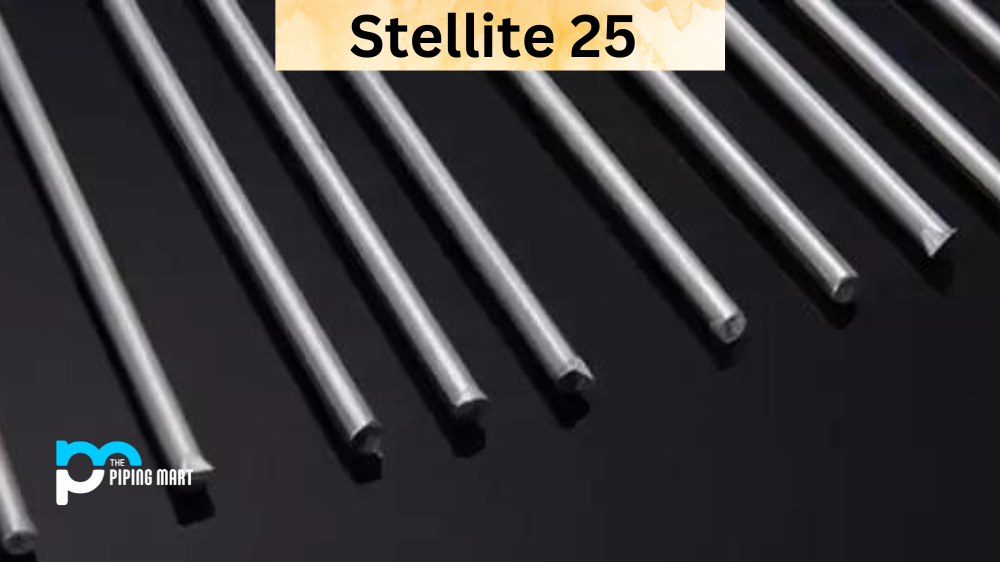Cu C123 is a copper alloy with excellent mechanical properties and superior corrosion resistance. It is used in a variety of applications, including automotive components, aerospace parts, and electrical components. In this blog post, we will explain the composition, mechanical properties, physical properties, common uses and other details of Copper C123.
Composition
Alloy C123 is composed of over 99% copper with small amounts of tin and phosphorus added for strength and hardness. This combination gives it high levels of electrical conductivity as well as excellent mechanical properties
| Element | Content (%) |
|---|---|
| Copper, Cu + Silver, Ag | Balance |
| Phosphorus, P | 0.015 – 0.04 |
Mechanical Properties
The mechanical properties of grade C123 are excellent. It has high tensile strength and good ductility, making it suitable for many applications that require both strength and flexibility. It can be cold-worked or hot-worked into many shapes without losing its desirable characteristics.
Physical Properties
The physical properties of Copper alloy C123 include a density of 8.9 g/cm3 and an electrical conductivity rating of 0.72 MS/m at 20°C (68°F). It also has a melting point range between 990-1035°C (1814-1880°F).
| Properties | Metric | Imperial |
|---|---|---|
| Density | 8.9 g/cm³ | 0.323 lb/in³ |
Equivalent
- ASME SB152
- ASTM B152
- ASTM B224
- ASTM B442
- ASTM B5
- ASTM B506
- ASTM B623
Uses
Copper C123 alloy is commonly used in the production of automotive components such as pistons and gears due to its high strength and wear resistance. It is also used in the production of aerospace components due to its superior corrosion resistance and heat resistance qualities. Additionally, it is frequently used in the manufacture of electrical components due to its high electrical conductivity rating.
Heat Treatment
Copper C123 can be heat treated to improve its mechanical properties further if needed but should not be subjected to temperatures above 1150°C (2102°F).
Machining
It can also be machined using conventional methods such as drilling, tapping, milling etc., although care should be taken when doing so due to its relatively low thermal conductivity rating, which can lead to increased tool wear if not monitored properly.
Welding
Copper C123 welding is an important process used in many high-level industries, ranging from automotive to aerospace. The C123 designation refers to a specific alloy that proves ideal for this work due to its superior strength and durability under extreme temperatures. Welding applications of this alloy have been widely used as a result, as it can handle any environment without suffering degradation or weakening. It requires a higher level of skill, though, as welders must possess the expertise to be able to properly manipulate and shape the alloy into whatever design is needed. Overall, copper C123 welding is a specialized form of craft that cannot be taken lightly and should only be done by those with years of experience.
Corrosion Resistance
Copper C123 is a type of copper alloy renowned for its outstanding resistance to corrosion. This quality makes it an ideal choice for various applications, such as architecture and construction projects. Its success in these industries can be seen in the form of statues, monuments and bridges that have withstood the test of time due to the protective layer formed by this alloy’s corrosion-resistant properties. Copper C123 has also made its way into other projects requiring durable parts, such as automotive components and electrical systems. All in all, its superior protection against corrosion puts it at the top when it comes to reliable solutions used in many aspects of life.
Conclusion
In conclusion, Copper C123 is an extremely useful copper alloy with superior mechanical properties and corrosion resistance combined with good electrical conductivity. Its wide range of uses makes it a popular choice for many industries, including automotive manufacturing, aerospace engineering, and electrical component manufacturing, among others. With proper heat treatment and machining techniques, it can provide outstanding results while maintaining its desirable characteristics even after intense usage or prolonged exposure to extreme conditions. If you are looking for an alloy with high-performance capabilities at an affordable price point, then look no further than Copper C123!

Abhishek is a seasoned blogger and industry expert, sharing his insights and knowledge on various topics. With his research, Abhishek offers valuable insights and tips for professionals and enthusiasts. Follow him for expert advice on the latest trends and developments in the metal industry.




